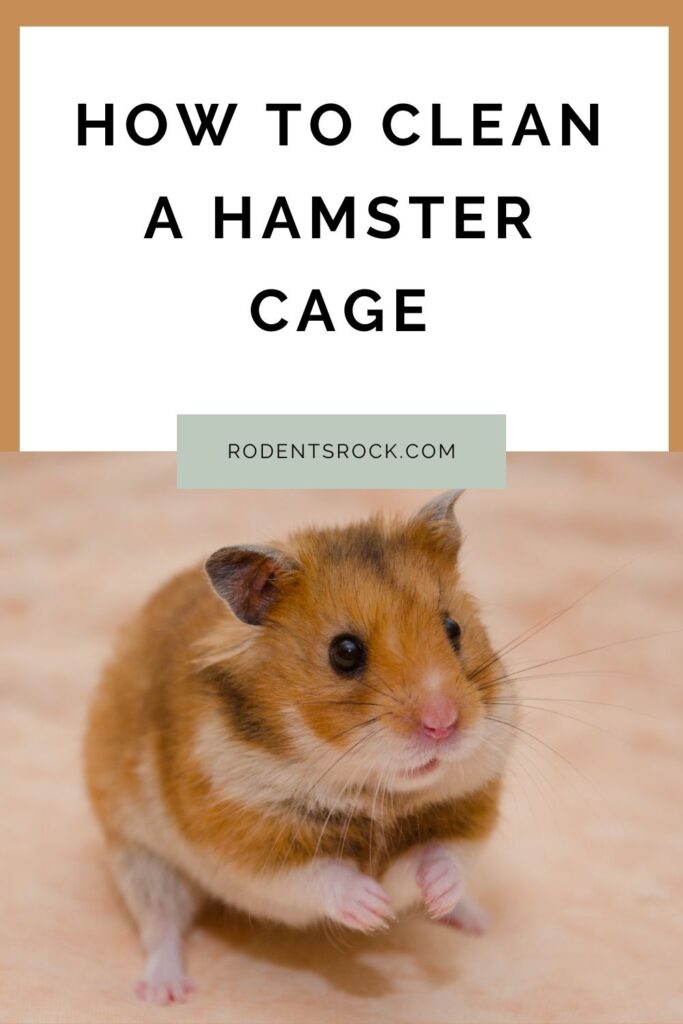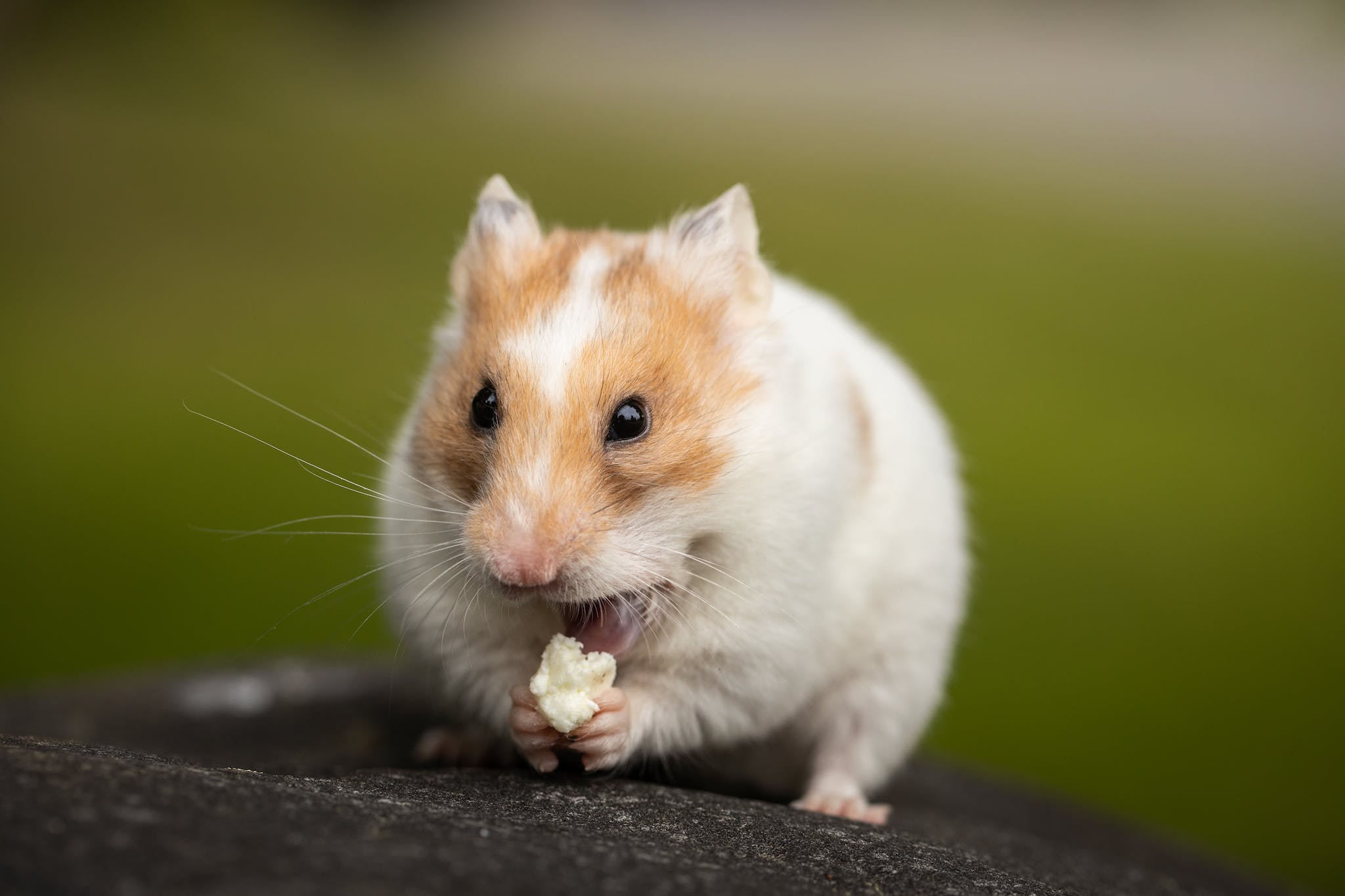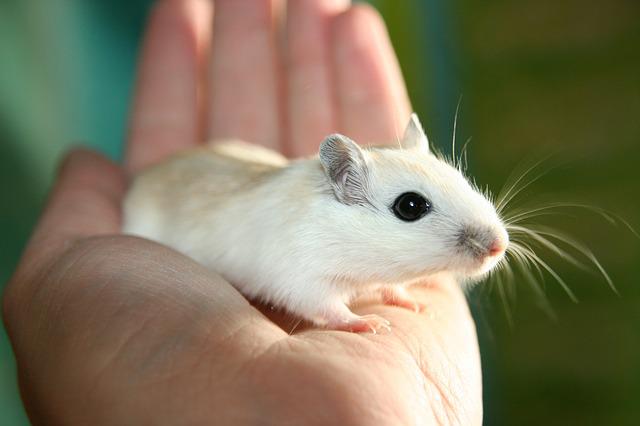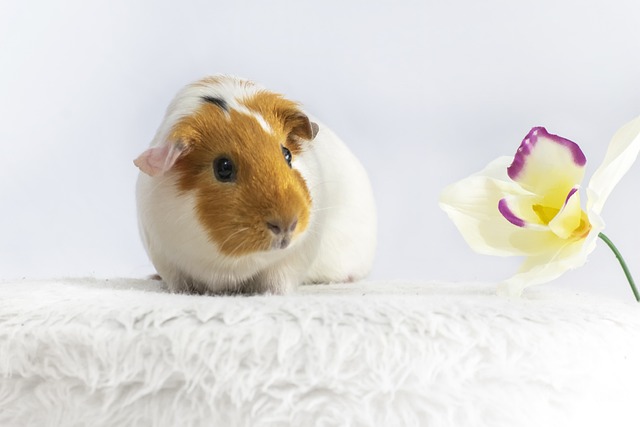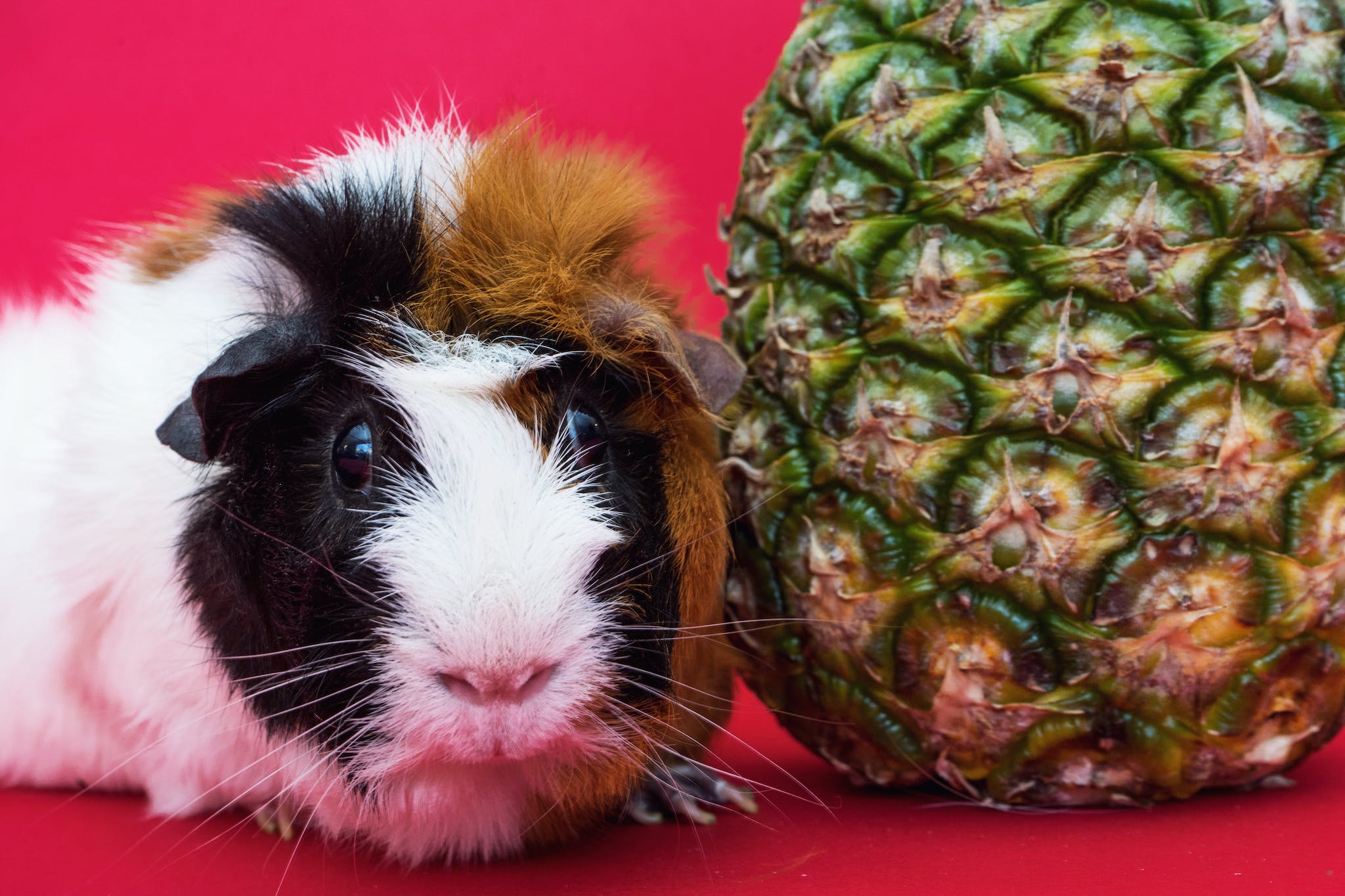How to Clean a Hamster Cage: A Step-by-Step Guide
There are some affiliate links below, but they are all products I highly recommend. For more info, view my disclosure here.
Taking time to clean a hamster cage is an essential part of being a responsible hamster owner. Not only does it ensure they live in a clean and healthy environment, but it also helps prevent any unpleasant odors from developing in your home. However, if you’re new to owning a hamster or are unsure of the best way to clean their cage, it can be a daunting task.
The good news is that cleaning a hamster cage is a pretty straightforward process that can be done quickly and easily with the right tools and techniques. We’ll guide you through the steps you need to take to clean your hamster’s cage effectively. From removing your hamster to disinfecting the cage, we’ll cover everything you need to know to keep your hamster’s home clean and healthy.
Preparing To Clean a Hamster Cage
Before cleaning your hamster’s cage, it is important to prepare the necessary supplies and set up a safe place for your pet. This will ensure that the cleaning process goes smoothly and your hamster remains safe and comfortable.
Gathering Necessary Supplies
To clean your hamster’s cage, you will need the following supplies:
- Gloves
- Face mask
- Cleaning products (such as a pet-safe cage cleaner or white vinegar)
- Paper towels or a clean cloth
- Trash bag
Make sure to choose cleaning products that are safe for your hamster and avoid using any harsh chemicals that could harm your pet.
Setting Up a Safe Place
It is important to set up a safe place for your hamster while you clean its cage. This could be a pet carrier or a separate play area. Make sure the area is clean and free of any hazards that could harm your hamster.
Before moving your hamster to the safe area, make sure to remove any toys or items from the cage that could be harmful or get in the way of the cleaning process.
Once you have prepared the necessary supplies and set up a safe place for your hamster, you are ready to begin cleaning its cage.
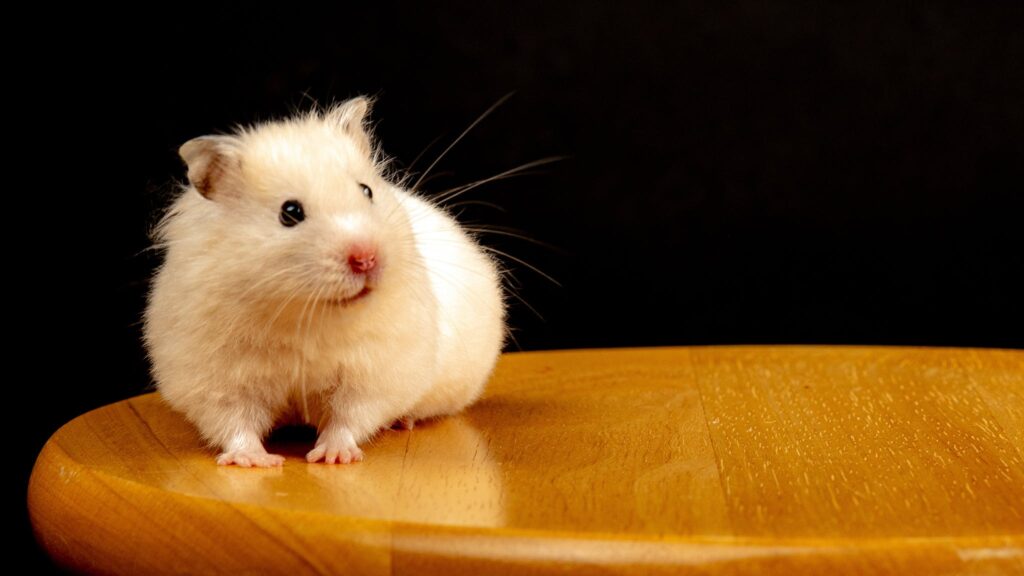
Initial Steps
Before you start cleaning your hamster’s cage, there are a few initial steps you should take to ensure the process goes smoothly. These steps include removing the hamster from the cage and emptying the cage of all old bedding, food bowl, and water bottle.
Removing the Hamster
The first step in cleaning your hamster’s cage is to remove them from the cage. This is important to ensure that your hamster doesn’t get in the way while you’re cleaning and to prevent any accidents from happening. You can gently scoop up your hamster and place them in a safe and secure location, such as a playpen or temporary cage.
Emptying the Cage
Once your hamster is safely out of the way, you can begin emptying the cage of all old bedding, food bowl, and water bottle. You should dispose of the old bedding in a trash bag and wash the food bowl and water bottle with warm, soapy water. It’s important to thoroughly clean these items to prevent any bacteria or mold from growing.
After removing all the old bedding and cleaning the food bowl and water bottle, you can start cleaning the cage itself. In the next section, we will go over the steps for cleaning the cage thoroughly.
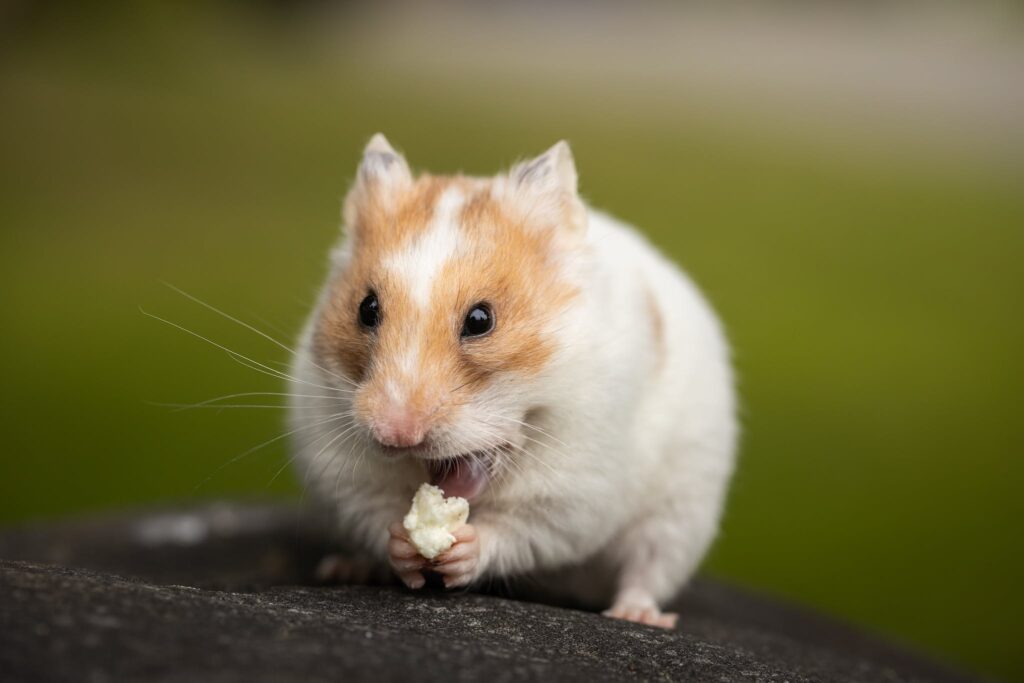
Cleaning the Cage
Keeping your hamster’s cage clean is essential for their health and well-being. Here are the steps you should follow to clean your hamster’s cage.
Washing with Warm Water
The first step in cleaning your hamster’s cage is to wash it with warm water. You can use a mild soap or pet-safe cage cleaner, but make sure to rinse the cage thoroughly to remove all soap residue. Use a clean cloth to wipe down the cage, paying special attention to any areas that may have built-up dirt or debris.
Applying Safe Disinfectant
After washing the cage, it’s important to disinfect it to kill any germs or bacteria that may be present. Choose a safe disinfectant that is specifically designed for small animal cages. Follow the instructions on the label carefully and make sure to use the disinfectant in a well-ventilated area.
Rinsing Thoroughly
Once you have applied the disinfectant, rinse the cage thoroughly with warm water to remove any remaining residue. Make sure to rinse the cage several times to ensure that all traces of the disinfectant have been removed.
By following these simple steps, you can keep your hamster’s cage clean and healthy. Remember to clean the cage on a regular basis to prevent the build-up of dirt and bacteria, and always use safe cleaning products to protect your pet’s health.
Drying the Cage
After cleaning the hamster cage, it’s important to dry it properly before putting the bedding, toys, and your hamster back in. This will help prevent the growth of bacteria and mold.
First, remove any excess moisture by using a hand towel to wipe down the cage. Pay special attention to corners and crevices where water may have accumulated.
Next, leave the cage in a well-ventilated area to air dry. Fresh air circulation will help speed up the drying process and prevent any musty odors from developing.
If you’re in a hurry, you can use a hairdryer on the cool setting to dry the cage. However, be sure to keep the hairdryer at a safe distance from the cage to prevent overheating or damage.
Once the cage is completely dry, add fresh bedding and toys, and return your hamster to its clean home. Remember to clean the cage regularly to keep your hamster healthy and happy.
Replacing Bedding and Accessories
When it’s time to clean your hamster’s cage, it’s important to replace all the bedding and accessories as well. This will ensure that your pet has a clean and healthy environment to live in. Here are a few tips on how to replace bedding and accessories in your hamster’s cage.
Adding New Bedding
The first step in replacing bedding is to remove all the soiled bedding from the cage. You should also remove any uneaten food or other debris. Once the cage is empty, you can add new bedding. There are many different types of bedding available, such as wood shavings, paper-based bedding, and recycled paper products. Choose a bedding that is safe for your hamster and fits your budget.
When adding new bedding, make sure to add enough to cover the bottom of the cage with at least a few inches of depth. This will allow your hamster to burrow and create tunnels, which is important for their mental and physical health. You can also add some nesting material, such as shredded paper or tissue, to provide your hamster with a cozy place to sleep.
Organizing Cage Accessories
After you have added new bedding, it’s time to replace the accessories in your hamster’s cage. This includes items such as the food bowl, water bottle, exercise wheel, and any toys. Before adding these items back into the cage, make sure to clean them thoroughly with soap and water. This will remove any bacteria or germs that may have accumulated on them.
When organizing the accessories in the cage, make sure to place them in a way that allows your hamster to move around freely. For example, the exercise wheel should be placed in a location that allows your hamster to easily get on and off. You can also add some new toys or rearrange the existing ones to keep your hamster entertained.
By following these tips, you can ensure that your hamster has a clean and healthy environment to live in. Remember to clean your hamster’s cage on a regular basis to prevent the buildup of bacteria and odors.
Reintroducing the Hamster
After thoroughly cleaning your hamster’s cage, it’s time to reintroduce your hamster to their newly cleaned home. Before placing your hamster back in their cage, make sure to provide them with fresh food and clean water. This will help ensure that your hamster is well-fed and hydrated after being temporarily displaced.
When it comes time to place your hamster back in their cage, it’s important to do so in a safe and controlled manner. You don’t want to startle or frighten your hamster, so approach their cage slowly and calmly.
Once your hamster is safely back in their cage, give them some time to adjust. Your hamster may be disoriented or confused after being temporarily removed from their home. It’s important to provide them with a safe and comfortable place to rest and recover.
Overall, reintroducing your hamster to their newly cleaned cage is an important step in maintaining their health and well-being. By following these simple steps, you can help ensure that your hamster is happy and healthy in their clean and safe home.
Maintaining a Clean Cage
Keeping your hamster’s cage clean is essential for their health and well-being. A dirty cage can lead to health problems and unpleasant odors. Here are some tips on maintaining a clean cage.
Spot Cleaning
Spot cleaning should be done daily or as needed. This involves removing any soiled bedding or feces and replacing it with fresh bedding. You can use a scooper or a small dustpan and brush to remove any debris. It’s important to spot clean regularly to prevent the buildup of bacteria and odors.
Regular Full Cleanings
A full cleaning should be done once a week or as needed. This involves removing everything from the cage, including toys, food dishes, and water bottles. Wash these items with hot soapy water and rinse thoroughly. Wipe down the cage with a damp cloth or sponge and dry it thoroughly. Add fresh bedding and replace all items back into the cage.
To make cleaning easier, consider using a cage liner or tray. These can be removed and washed separately, reducing the need to clean the entire cage.
Remember to always wash your hands before and after handling your hamster and cleaning their cage. A clean cage with fresh bedding will keep your hamster healthy and happy.
Understanding Hamster Behavior
Hamsters are adorable pets that require a clean and comfortable living environment. Understanding their behavior can help you maintain a clean cage and keep your hamster happy and healthy.
Identifying Soiled Areas
Hamsters have a natural instinct to designate a specific area of their cage for urination and defecation, commonly known as the “pee corner.” This behavior makes it easier for you to identify and clean up soiled areas.
It is important to clean the pee corner daily to prevent the buildup of bacteria and odors. Additionally, hamsters tend to have a food stash, which they may also use as a bathroom. So, make sure to check and clean this area as well.
Natural Behaviors and Cleanliness
Hamsters are naturally clean animals and spend a significant amount of time grooming themselves. However, they also have a tendency to hoard food and bedding, which can lead to a messy cage.
To maintain a clean cage, provide your hamster with a variety of toys and hideaways to keep them entertained and prevent boredom. Additionally, regularly cleaning and replacing bedding can help keep the cage clean and odor-free.
Understanding your hamster’s behavior is crucial for maintaining a clean and healthy living environment. By identifying soiled areas and promoting natural behaviors, you can ensure that they’re is happy and comfortable in their home.
Health and Safety Considerations
When cleaning your hamster’s cage, it is important to consider the health and safety of both you and your pet. Here are some tips to keep in mind:
Choosing Safe Cleaning Solutions
When selecting a cleaning solution for your hamster’s cage, it is important to choose one that is safe for your pet. Avoid using harsh chemicals or cleaners that contain ammonia or bleach as these can be harmful to your hamster’s respiratory system and overall health.
Instead, opt for mild, pet-safe cleaning solutions such as vinegar and water or a commercial pet-safe disinfectant. Be sure to read the label carefully and follow the instructions for use.
Preventing Respiratory Problems
Hamsters are prone to respiratory problems, so it is important to take steps to prevent these issues when cleaning their cage. Avoid using dusty bedding or cleaning products that can create dust or fumes.
When cleaning your hamster’s cage, wear a mask to protect your respiratory system from any dust or particles that may be kicked up during the cleaning process. Additionally, make sure the cage is well-ventilated and allow it to air out for a few hours after cleaning before returning your hamster to its home.
By following these health and safety considerations, you can ensure a clean and safe environment for your hamster.
Additional Tips for Hamster Owners
As a responsible hamster owner, it’s important to keep your pet’s cage clean and comfortable. Here are some additional tips to help you maintain a healthy environment.
Selecting the Right Cage Type
When choosing a cage for your hamster, it’s important to consider the type of cage that will suit your pet’s needs. Wire cages are a popular option as they provide good ventilation and are easy to clean. However, they can be uncomfortable for hamsters to walk on, so it’s important to provide plenty of bedding to cushion their feet.
Another option is a plastic cage, which can be a good choice for dwarf hamsters. These cages are often modular, allowing you to add on additional levels and tunnels for your pet to explore. However, plastic cages can be more difficult to clean and may not provide as much ventilation as wire cages.
Understanding the Needs of Different Hamster Breeds
Different breeds of hamsters have different needs when it comes to their living environment. Syrian hamsters, for example, are larger and more active than dwarf hamsters, so they will need a larger cage with plenty of room to run and play.
Dwarf hamsters, on the other hand, are smaller and more delicate, so they may be better suited to a plastic cage with plenty of hiding places to help them feel safe and secure.
No matter what type of cage you choose, it’s important to provide your hamster with plenty of bedding, toys, and fresh food and water to keep them happy and healthy. Regular cleaning and maintenance will also help to prevent odors and keep your pet’s cage looking and smelling fresh.
Check this out next: Foraging Toys for Small Animals: A Guide to Choosing the Best Ones
